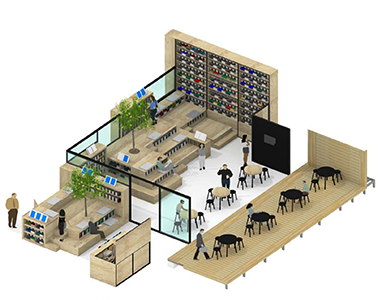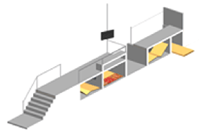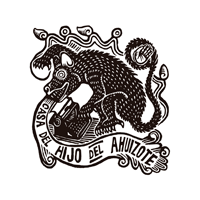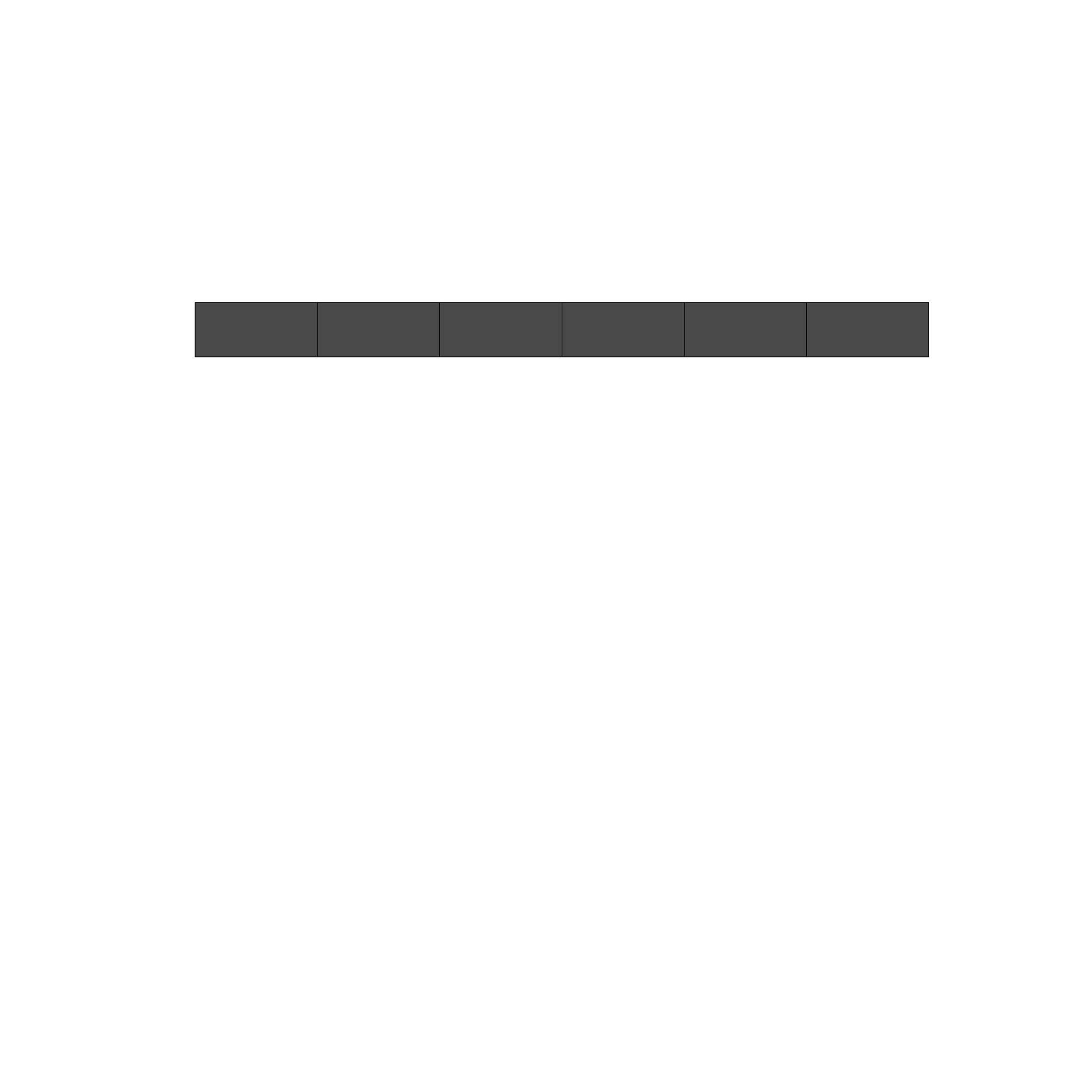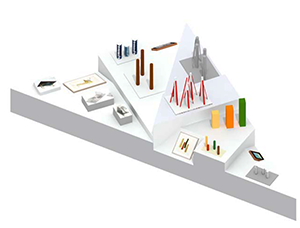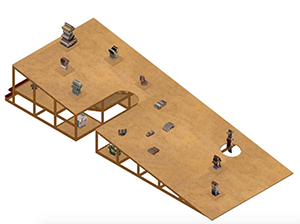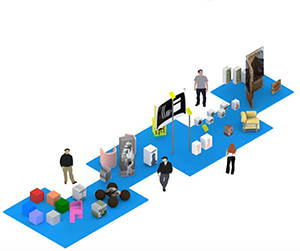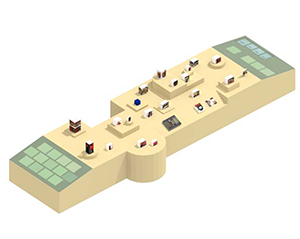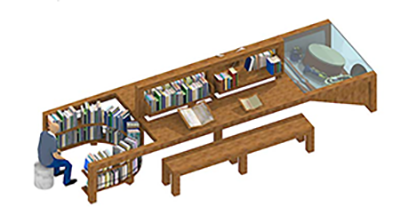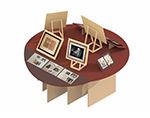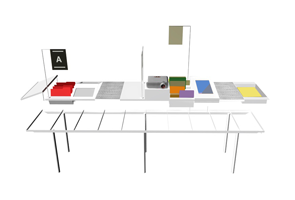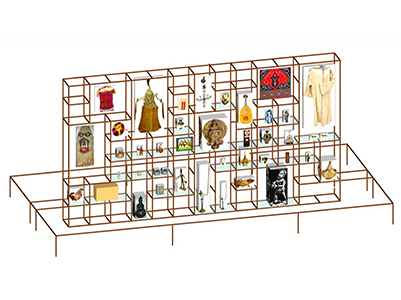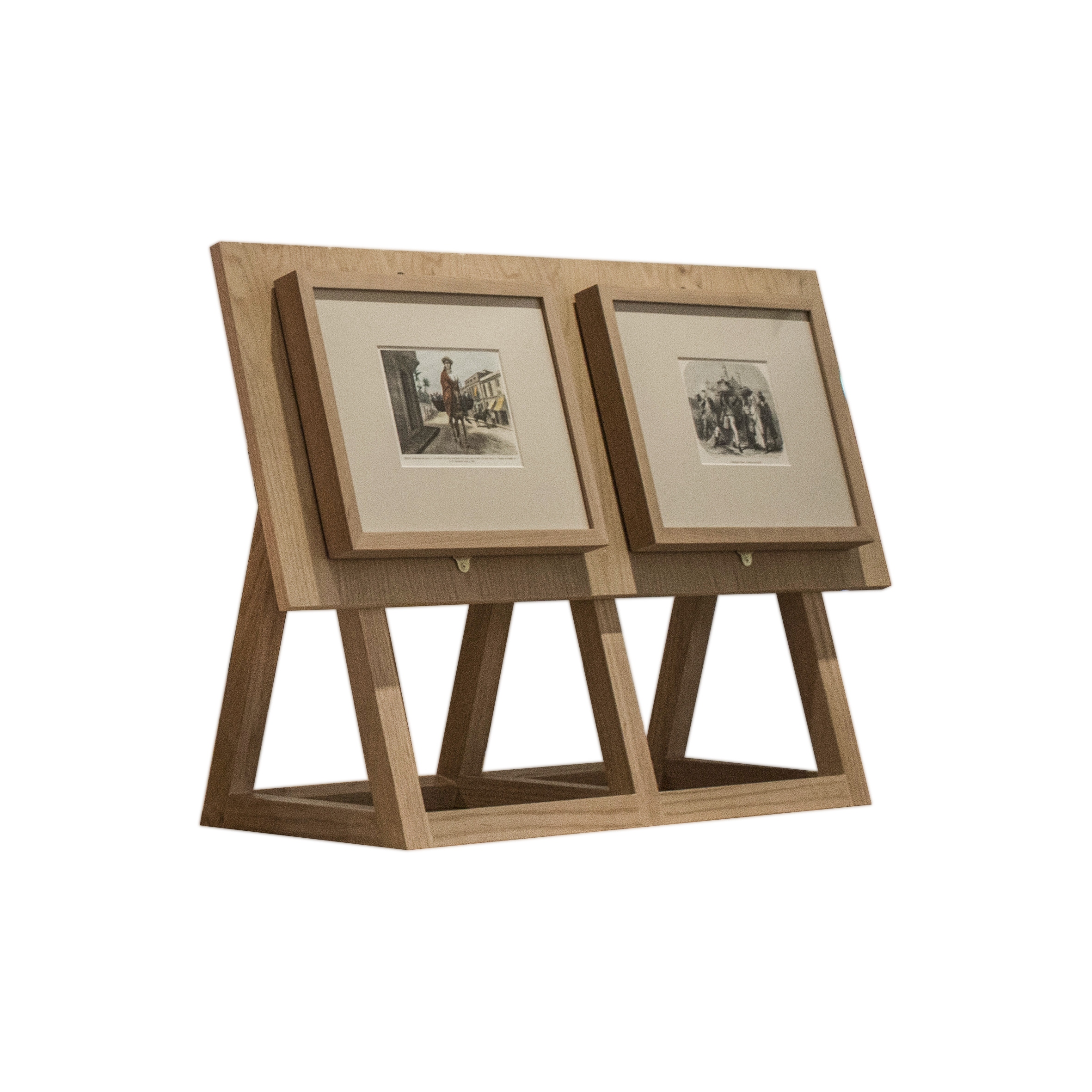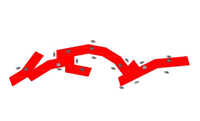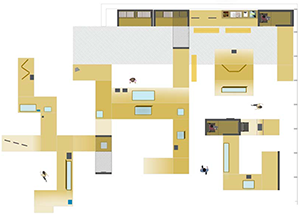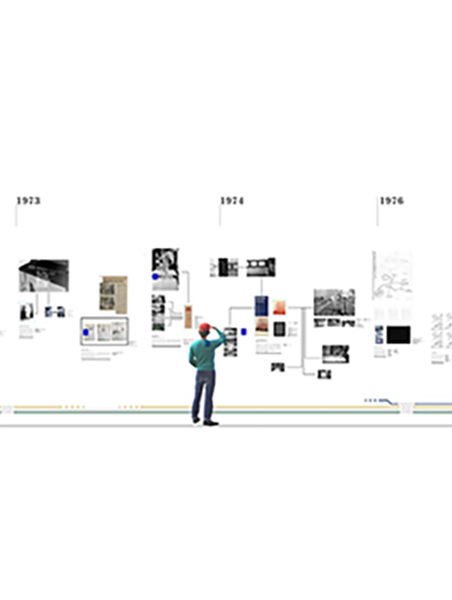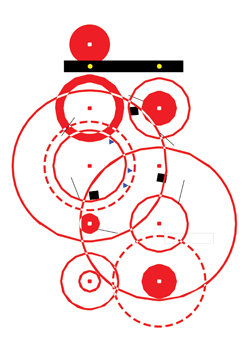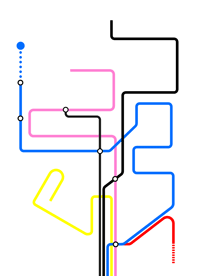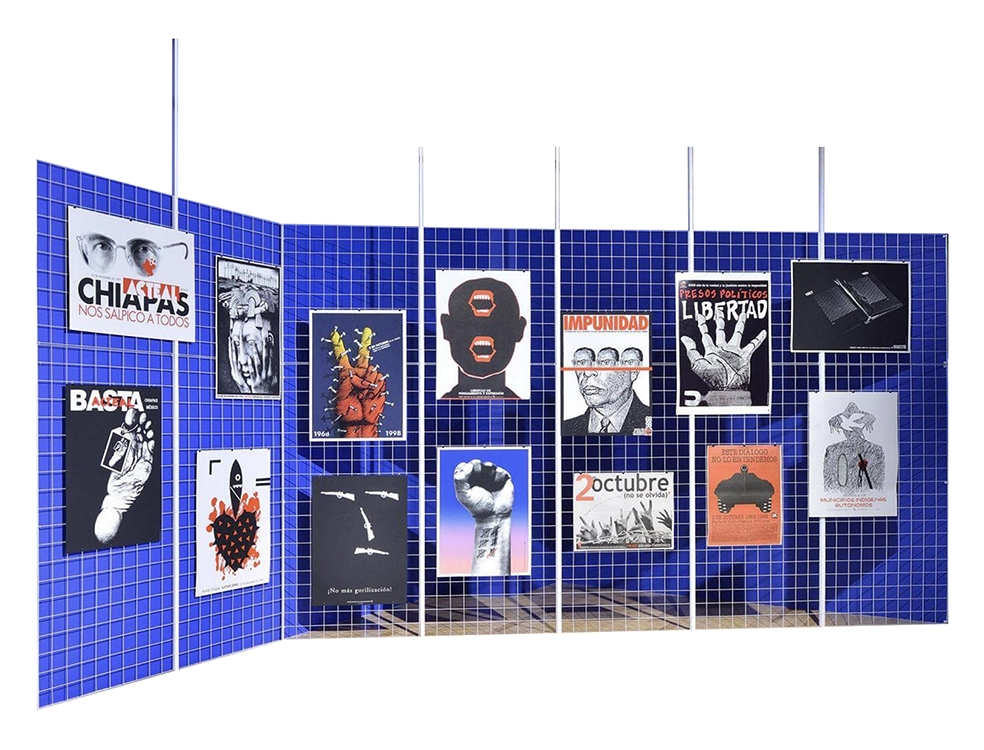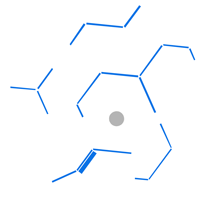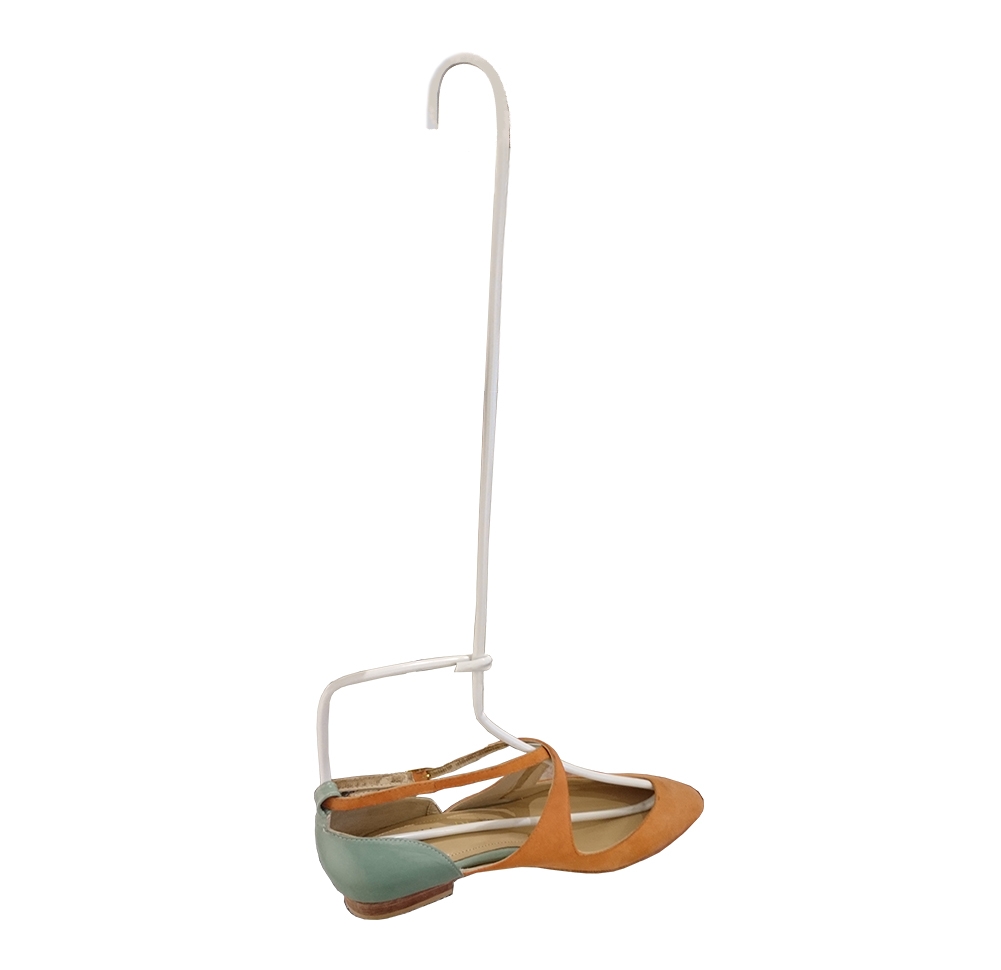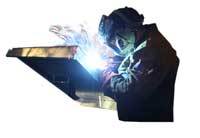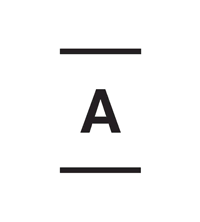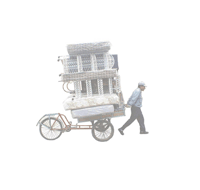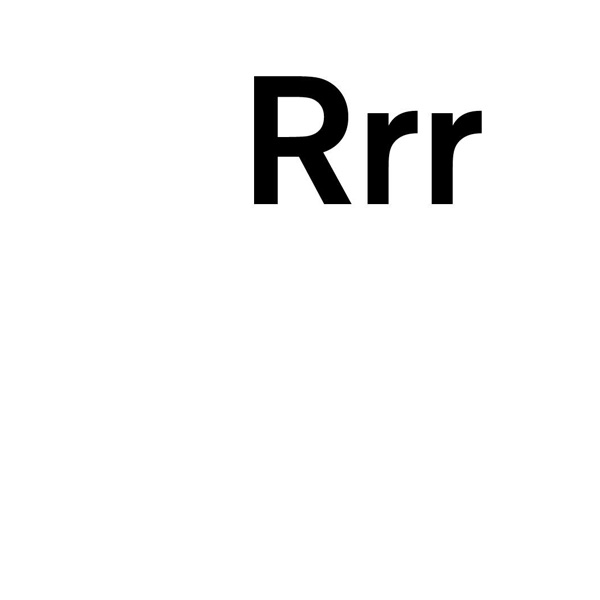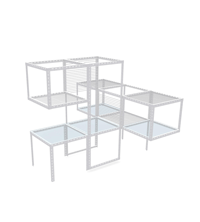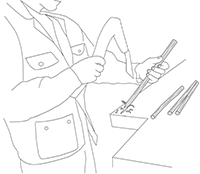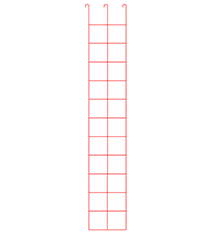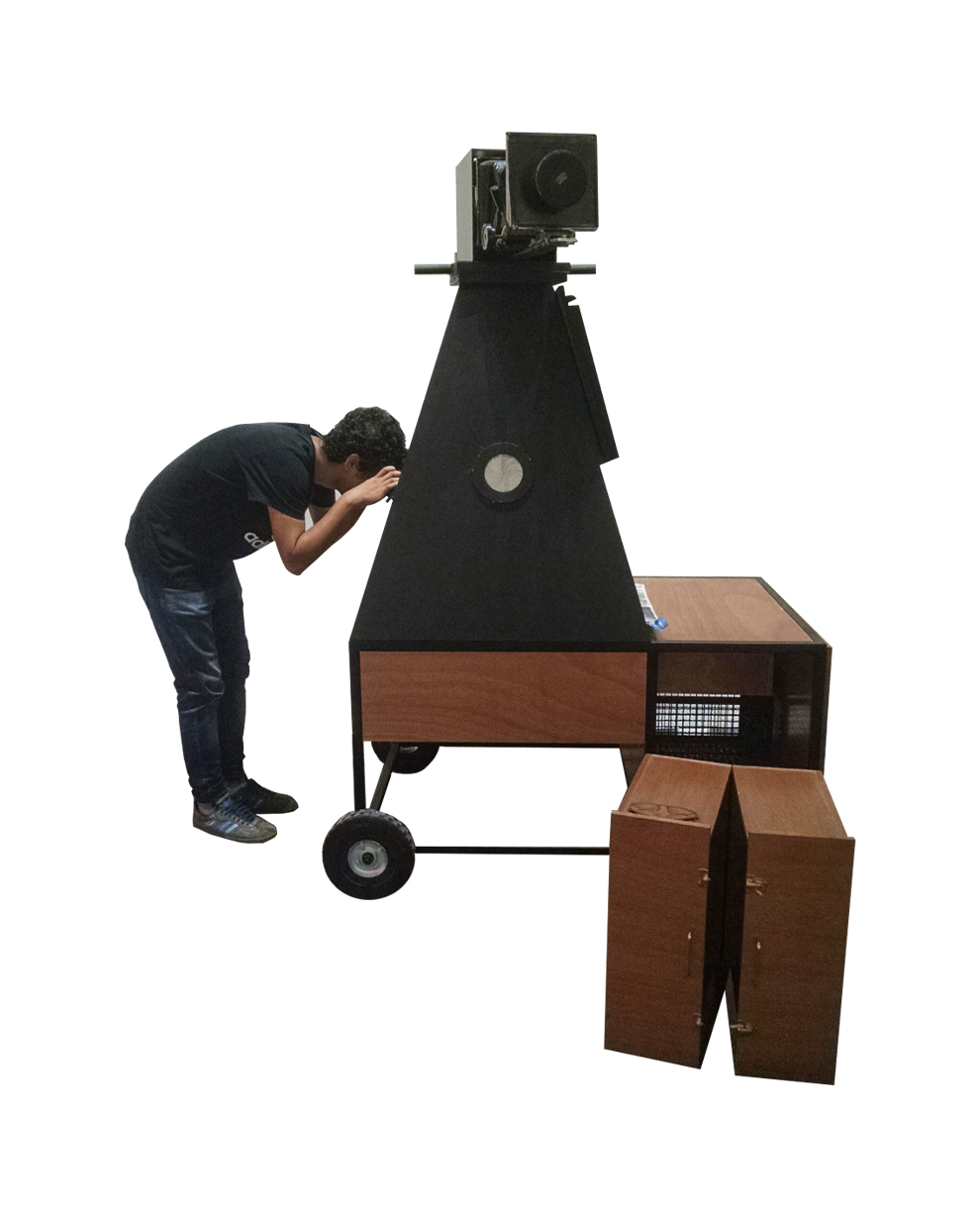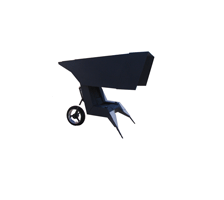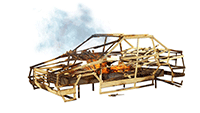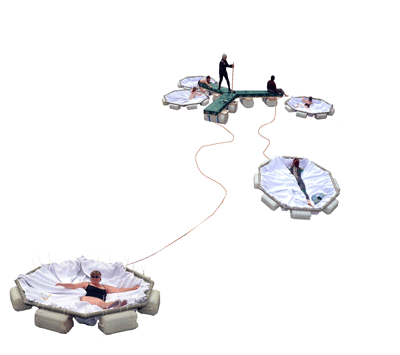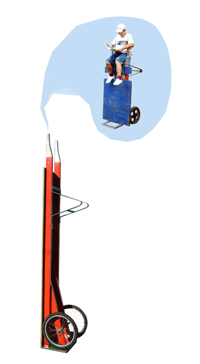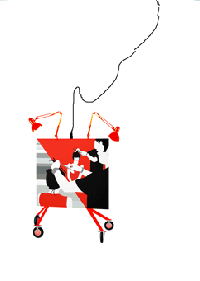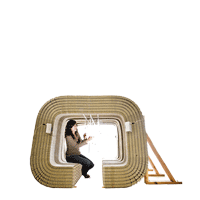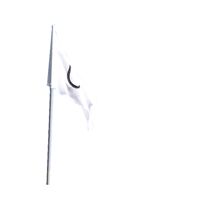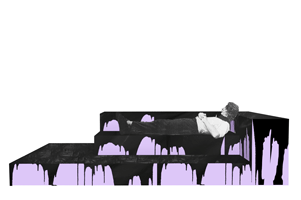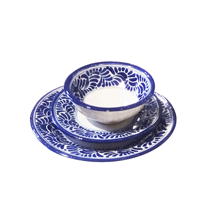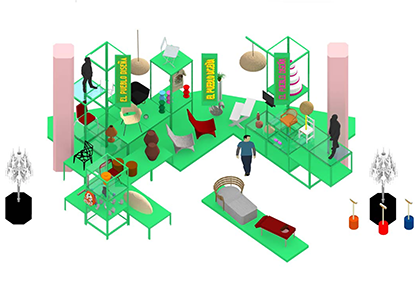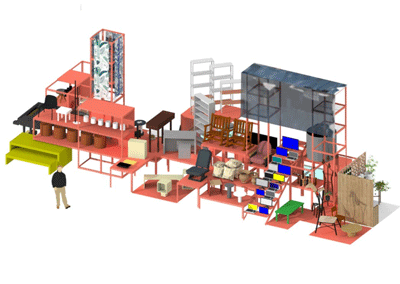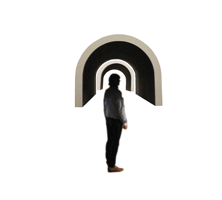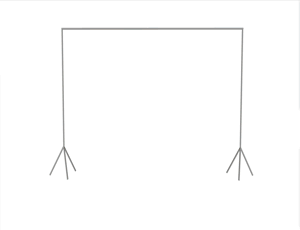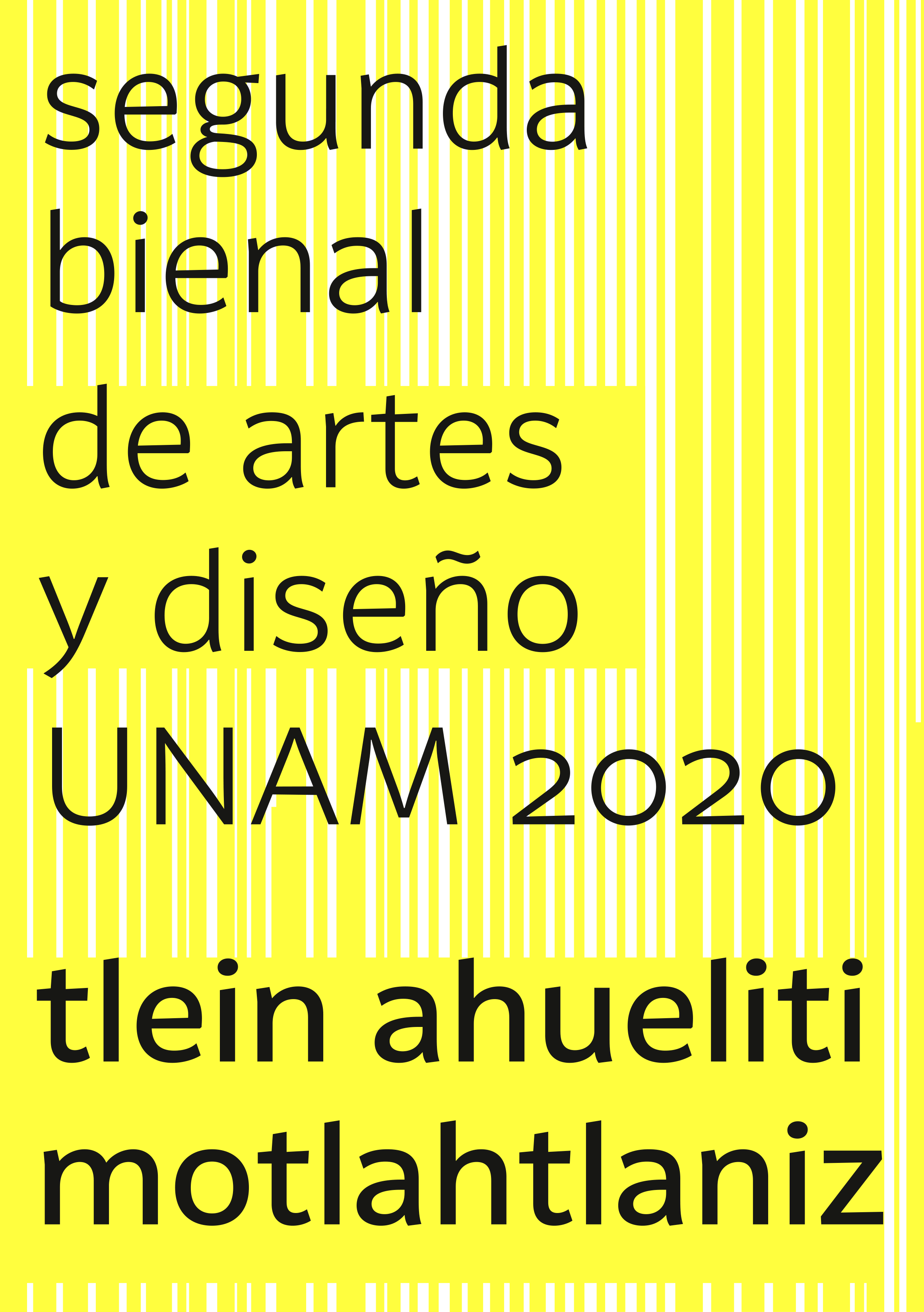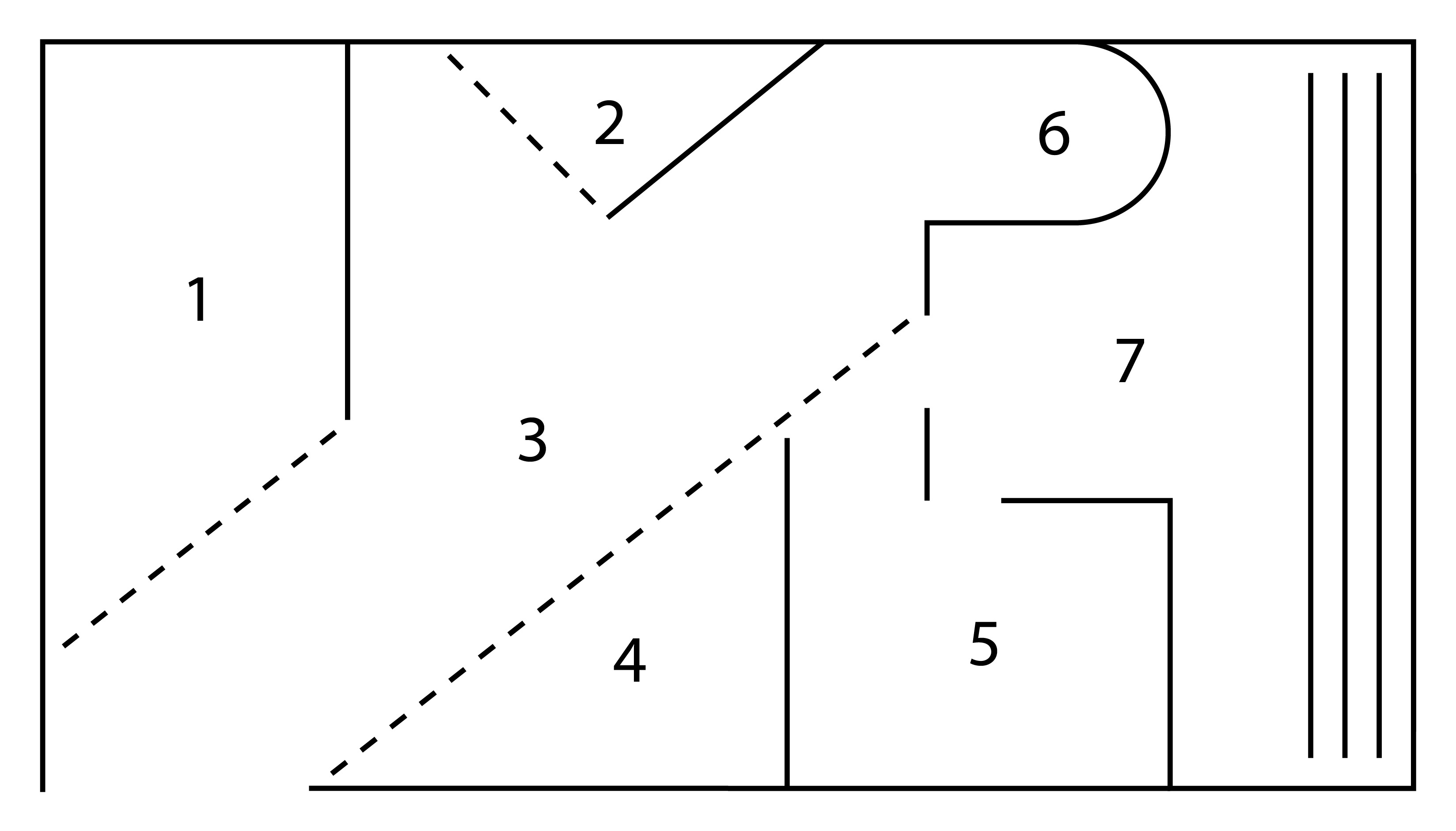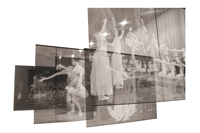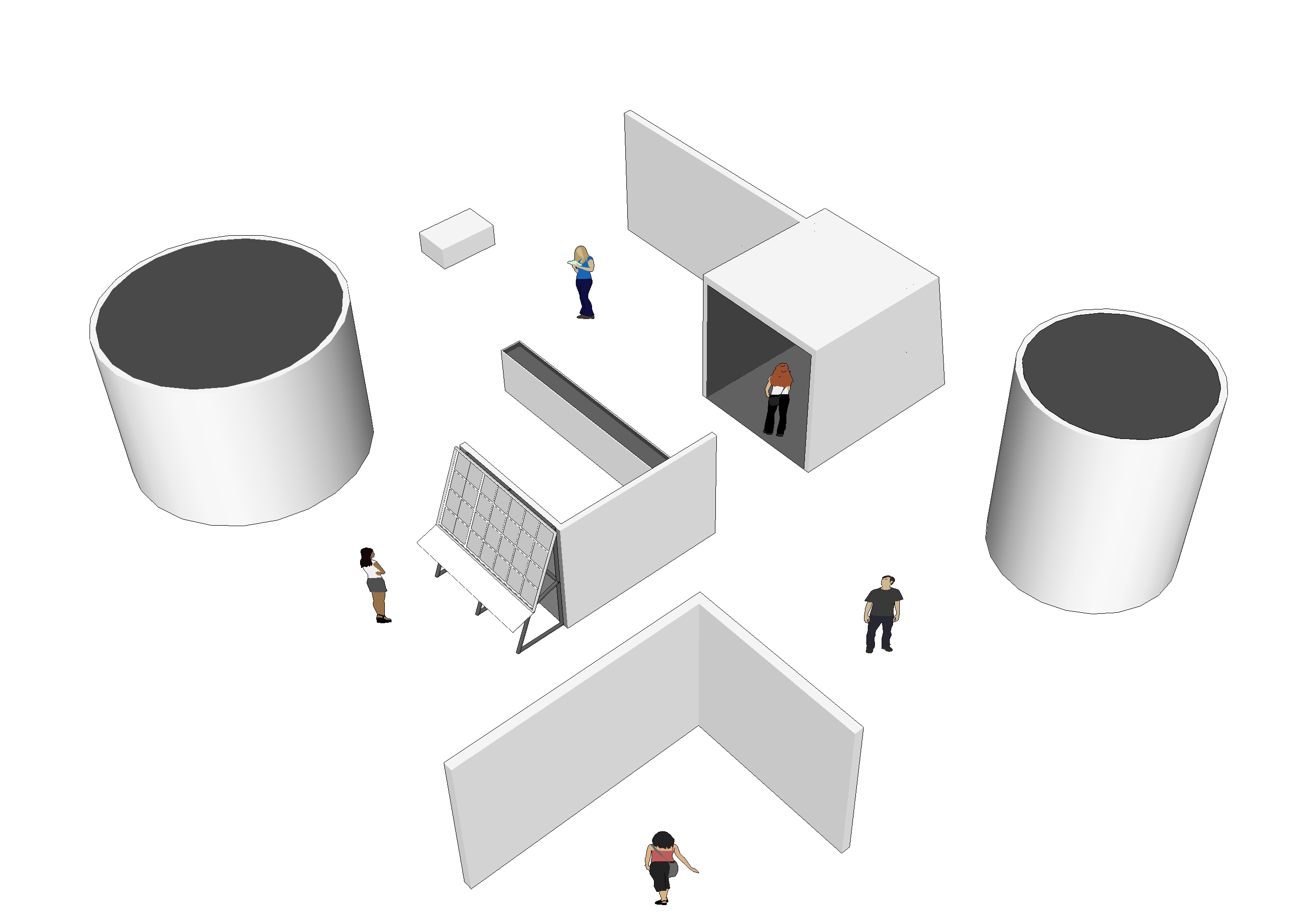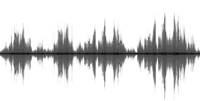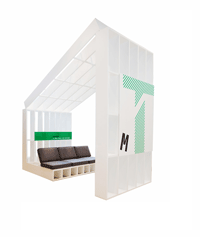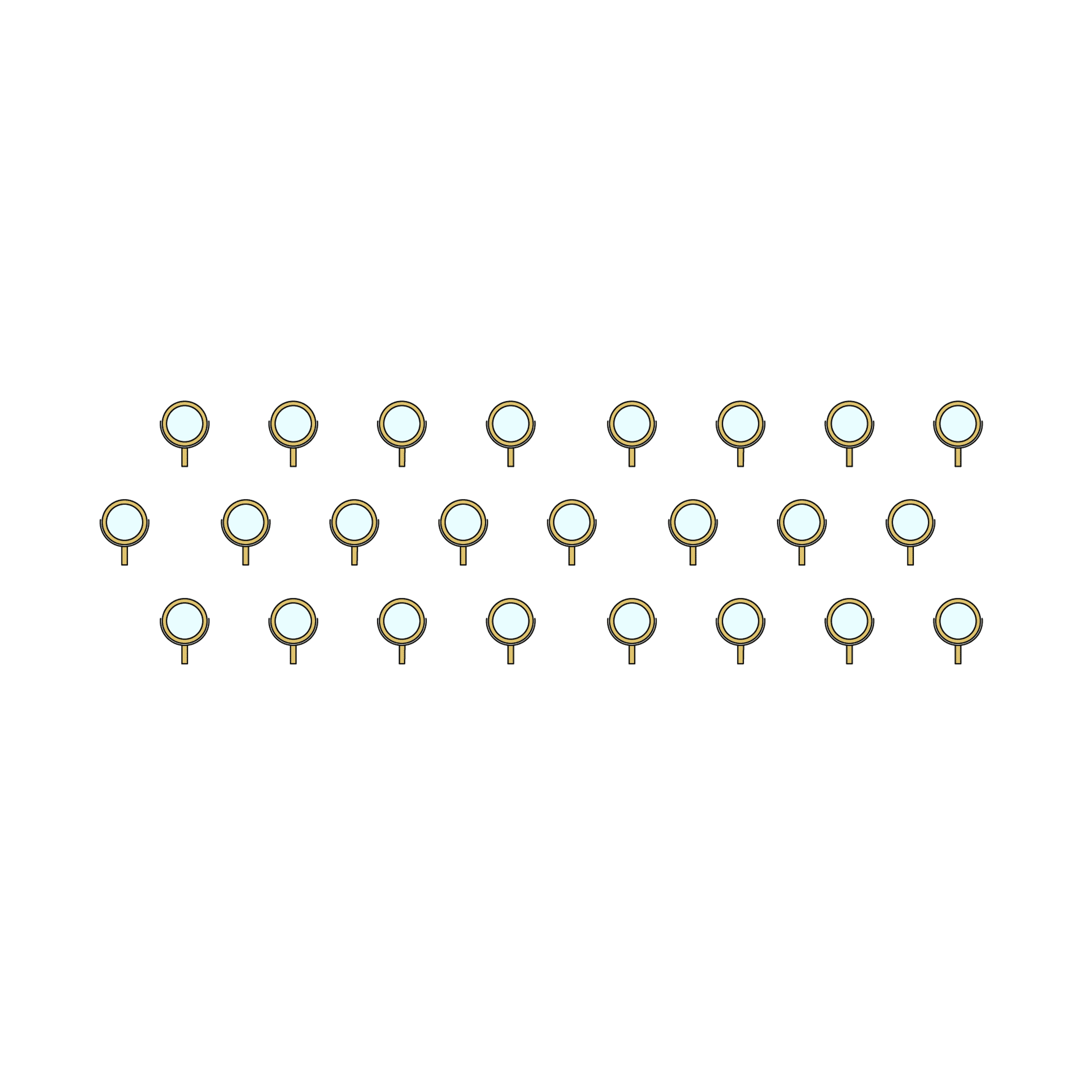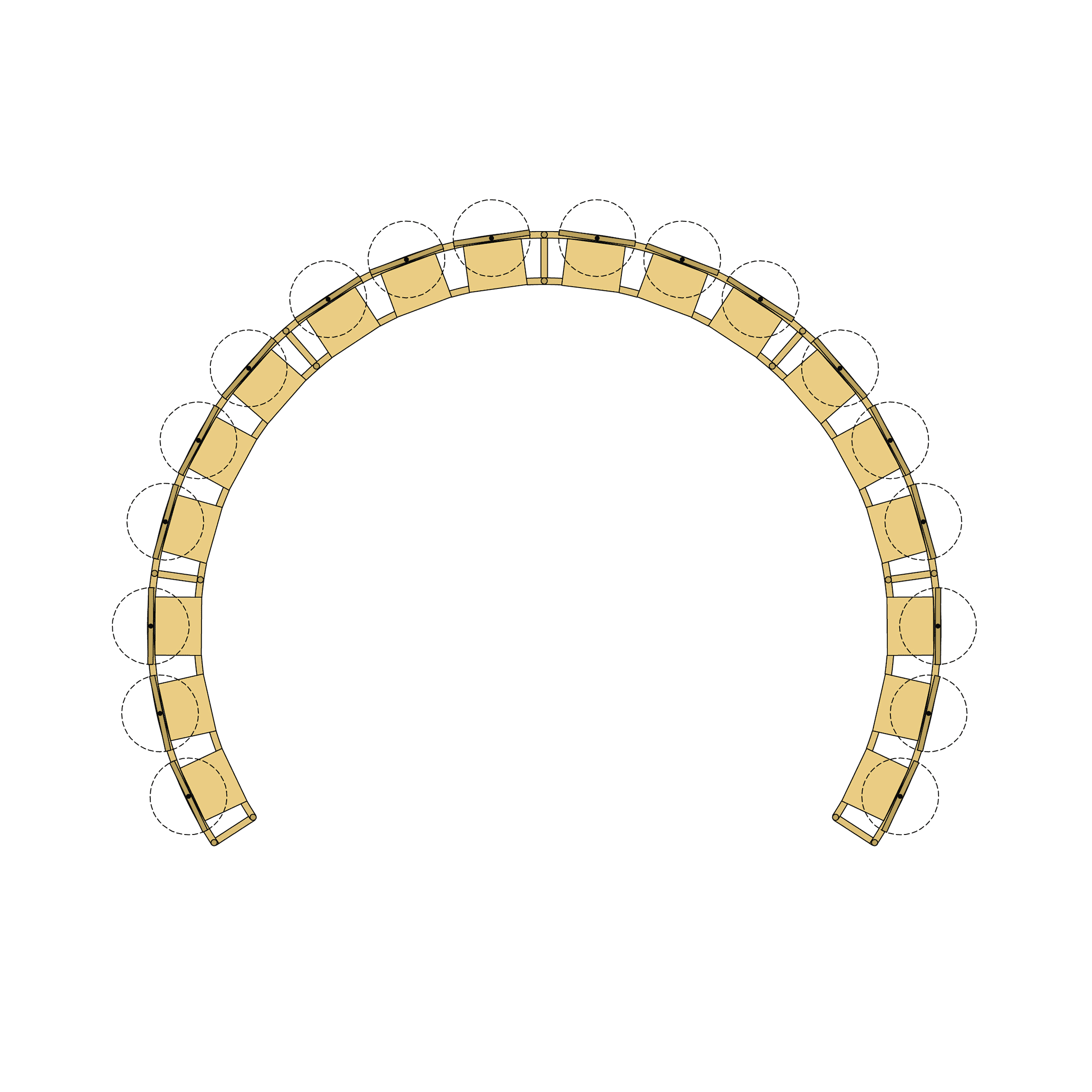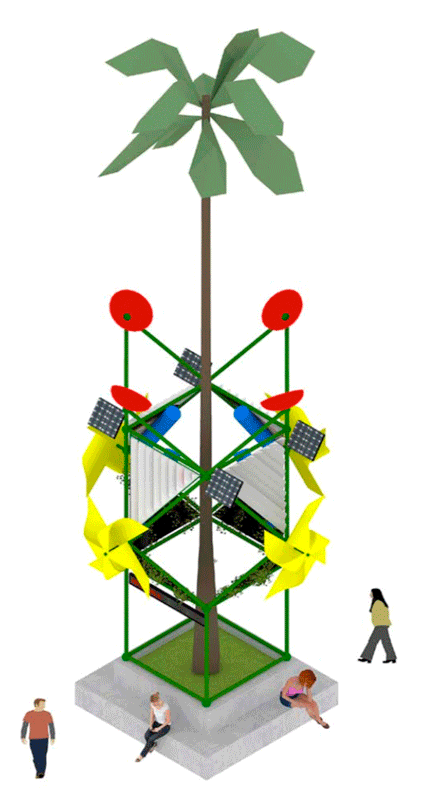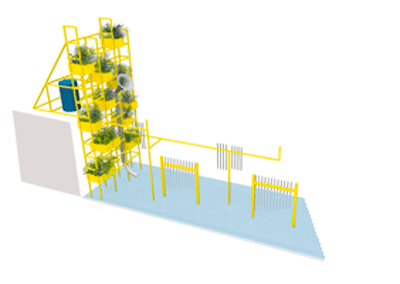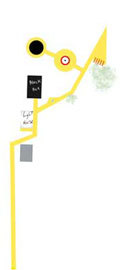Artisan knowledge demonstrates the continuity between the organic and the social in action. Richard Sennet
KAI - Residencia de Arte e Investigación
How to overcome an economic organization that depends on the extraction of natural resources, which are sold, practically unprocessed, abroad – through extraction activity or extractivism? Eucalyptus, Chachacoma and Guarangüey is a research project in art and design that emerges from this question, that is developed using rural routes and derives in the Andean zones of Peru, and whose focus is on studying existing local knowledges. It proposes to learn about and archive knowledges, using contemporary projects to experiment and co-produce in collaboration with local makers, provoking speculative processes around the material culture of specific rural communities (and their common trades), to generate small links between economy and knowledge.
For this project developed in the KAI "Art and Research Residency", Eucalyptus (globulus Labill eucalyptus) was worked with as a base material; it is a plant species that abounds in the Cuzco area, and was massively introduced in Andean zones during the agrarian reform undertaken by the military government of President Velazco during the 1960 decade through the early 1970s, because it was a kind of crop that grew quickly and promised to generate an internal economy whose exploitation would facilitate self-construction initiatives. It can currently be seen in furniture, in the planking used for construction projects, in light posts, on stairs and ceilings in the region.
The work was accomplished using a very common technique in this zone, which is used for the construction of furniture, and which consists of peeling the trunk, as well as sharpening and perforating another trunk to make connecting parts. The trunks of guarangüey and chachacoma were also used; these are Native woods from the region that, unlike eucalyptus, are obtained from the high grounds of the mountain. To do this, it is necessary to request authorization from the local community – who oversee and care for these hillsides and their resources. For the development of this project we collaborated with the master carpenter Juan Hermosa, from the Chichón community, and his assistant, Luciano Gonzales, from the town of Arín in Calca. The tools that were used for this process were ich'una, raspana, llacllana, th'okona, kuchuna and takana.
One of the results that came from these processes was the construction of an exhibition and rest system for KAI, which functions as a complement to and support for the exhibition space onsite: a platform to exhibit residents’ research processes, where documents, books and complementary materials can be exhibited in a continuous eucalyptus display that makes tables, shelves, benches and walls.
Eucalyptus, Chachacoma and Guarangüey is part of a long-term project called Common Trades: Rural Metabolism of Knowledges.
